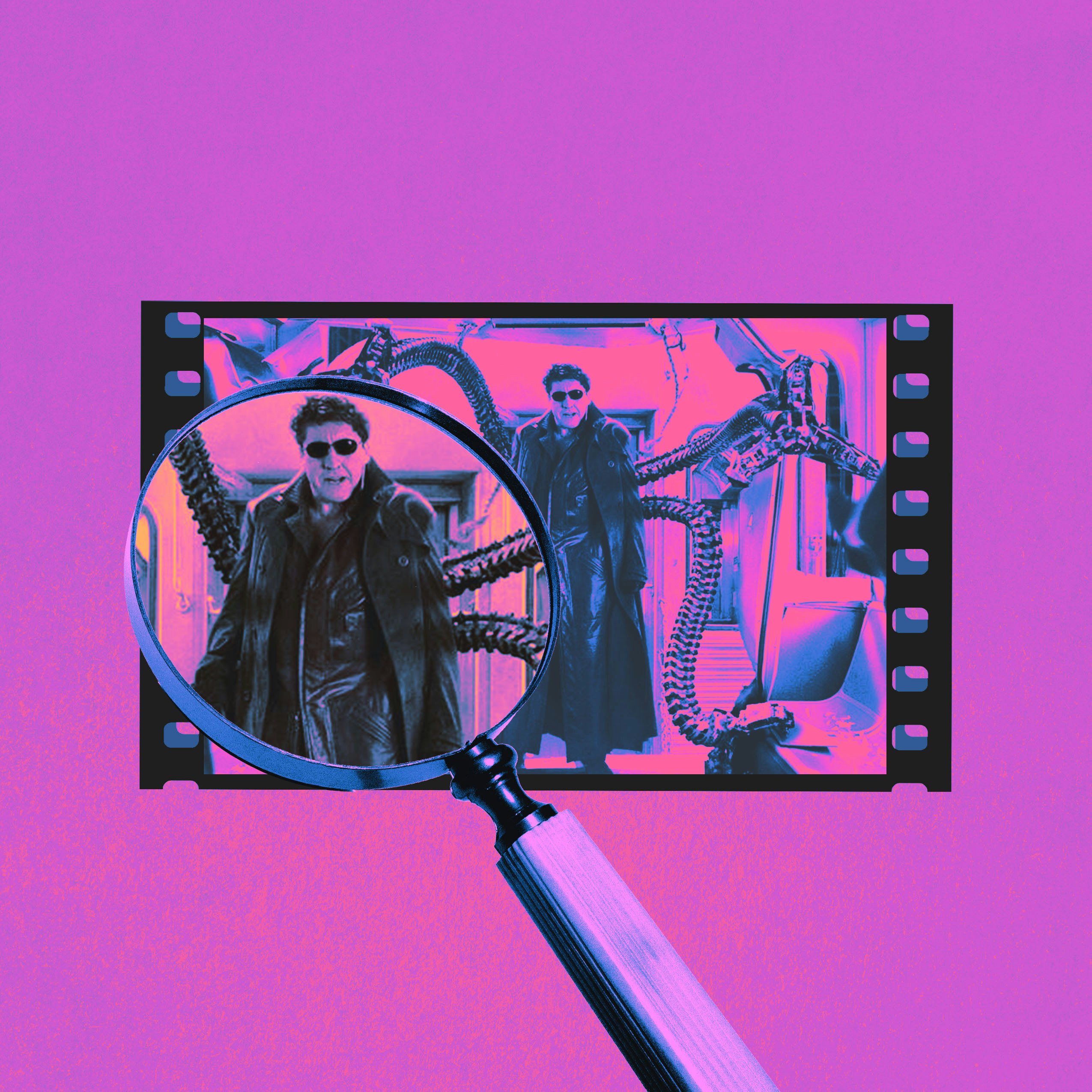
In 2004, the year’s biggest blockbuster (outside of Shrek 2) was the perfect superhero movie, full of high-speed combat, will-they-won’t-they romance, and a grab-bag of science fiction concepts that fuel the villain’s rise and push the plot’s breakneck pace. Sam Raimi’s Spider-Man 2, one of the most beloved films in the Spiderverse, is pure entertainment. But lurking in the pile of a mad scientist’s work on fusion reactors, sentient AI, and next-gen bionic limbs, there were some very real scientific concepts. Spider-Man 2 dove deep into the idea that we might be more susceptible to the influence of modern intelligent machines than we think.
Doc Ock And His AI Limbs
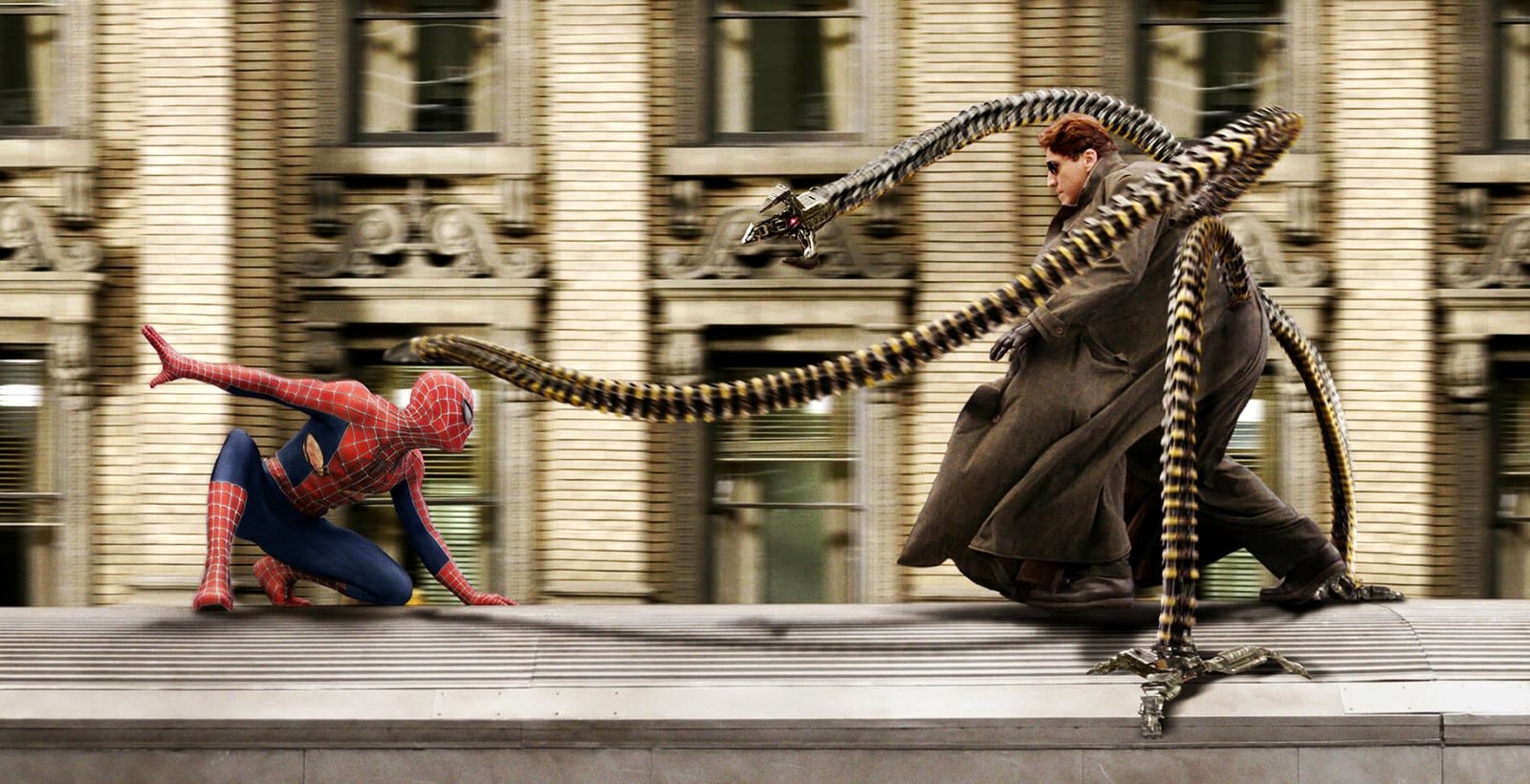
Spider-Man 2 centers on the conflict between Peter Parker and Dr. Otto Octavius, who seeks to control a fusion reaction and generate “the power of the sun in the palm of my hand.” His method of achieving this goal involves donning an exoskeleton attached to several artificially intelligent, tentacle-like robotic limbs that allow him to control the fusion reaction in a way you could not with human hands.
But a reporter quickly spots the potential problem with such a machine, asking: “Doctor, if the artificial intelligence in the arms is as advanced as you suggest, couldn’t that make you vulnerable to them?”
Dr. Octavius points to an inhibitor chip on the back of his neck, which protects his brain and ensures he remains in control of the robotic arms. Predictably, an accident with the fusion reactor destroys the inhibitor and the robotic limbs start controlling the man, encouraging him to continue with the fusion project despite the risks to humanity. And so, Doc Ock is born.
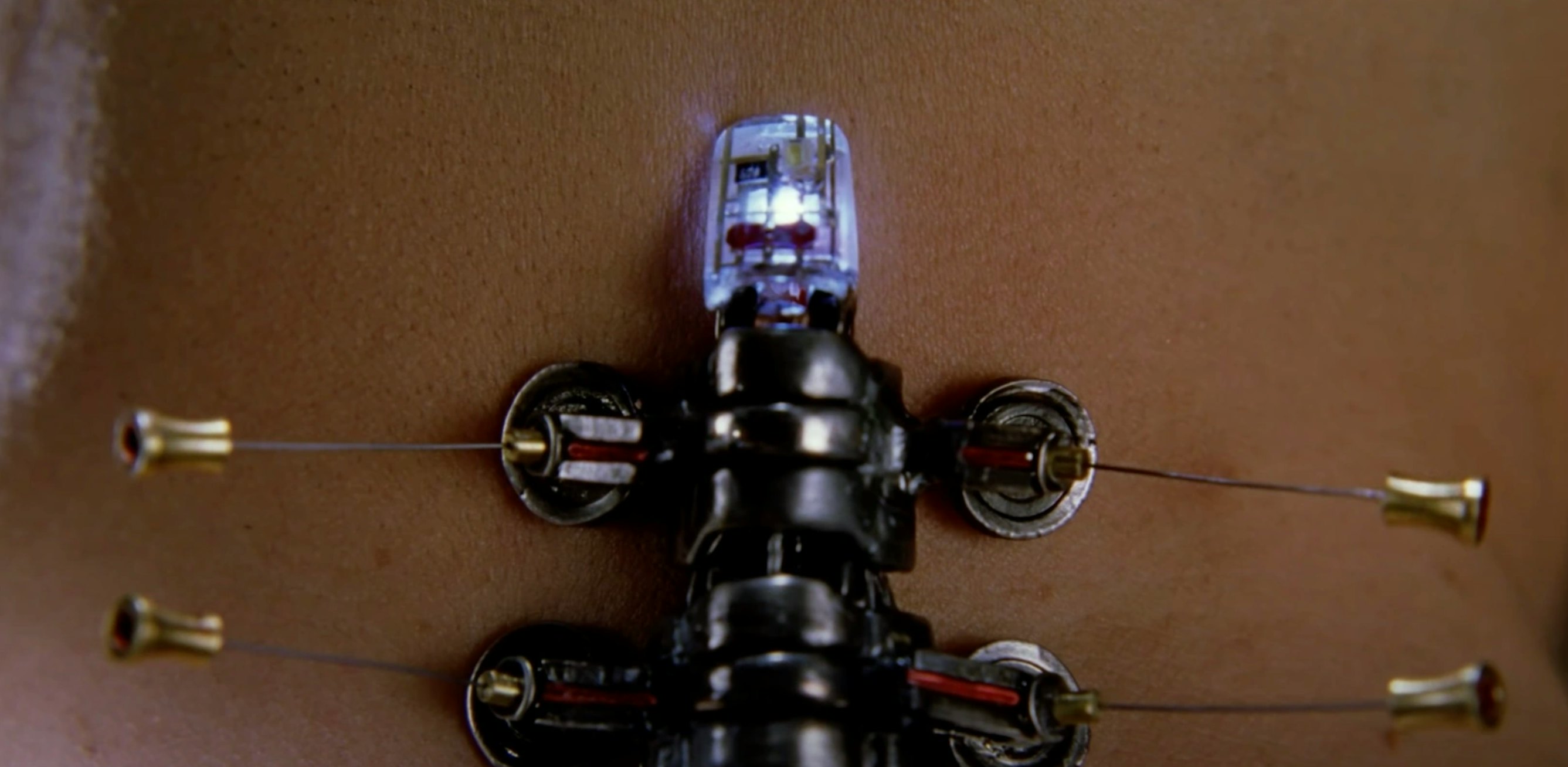
While modern-day fusion reactor experiments most certainly use robotic arms, these only require simple movement and are easily controlled by basic computer functions. The need for AI limbs in fusion? A nice cinematic flair.
However, the need for AI in robotic limbs is very much real.
“AI-powered limbs are a great benefit for those who have lost a limb,” says Philip Brey, a professor of philosophy and ethics of technology and program leader of the research program ESDiT (Ethics of Socially Disruptive Technologies). And as we see played out with this supervillain, as artificial intelligence grows, such controlled limbs can lead to “ethical issues that can plague users and society.”
Machine Learning In Bionic Limbs Today
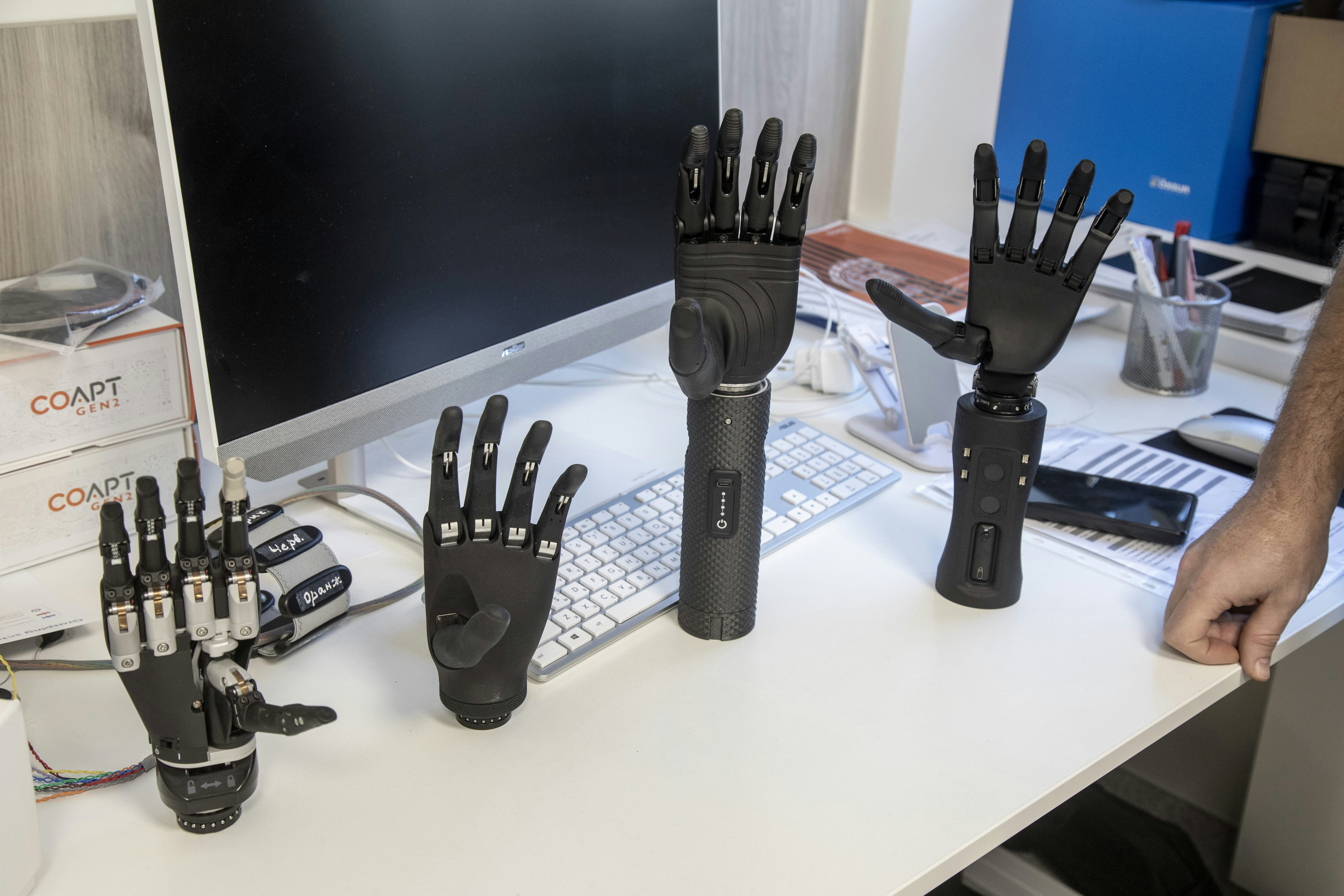
The most advanced bionic limbs, also known as neural prosthetics, are robotic arms that, yes, are typically powered by AI. These offer superior rehabilitation, better sensation, and improved motor control to amputees compared to typical prosthetics.
A 2023 research article in Science Robotics reported that operating a bionic hand “resulted in improved prosthetic function, reduced postamputation, and increased quality of life. According to the HSS Osseointegration Limb Replacement Center, patients with bionic limbs have a greater emotional connection to their prosthetic arm compared to amputees with standard socket prosthetics. Robotic exoskeletons have also helped children with cerebral palsy overcome crouch gait, a painful condition that makes walking difficult.
“We fool their brains into believing that the prosthesis is actually part of their body,” Paul Marasco, a biomedical engineering researcher at Cleveland Clinic, said in an NIH newsletter on bionic limbs.
There are different types of bionic limbs, ranging from those implanted directly into the bone to less invasive wearable devices, but they all generally work by creating two-way feedback between the body’s muscular twitches and a brain-computer interface (BCI), which allows the human wearing the robotic limb to move it with their mind — in conjunction with artificial intelligence.
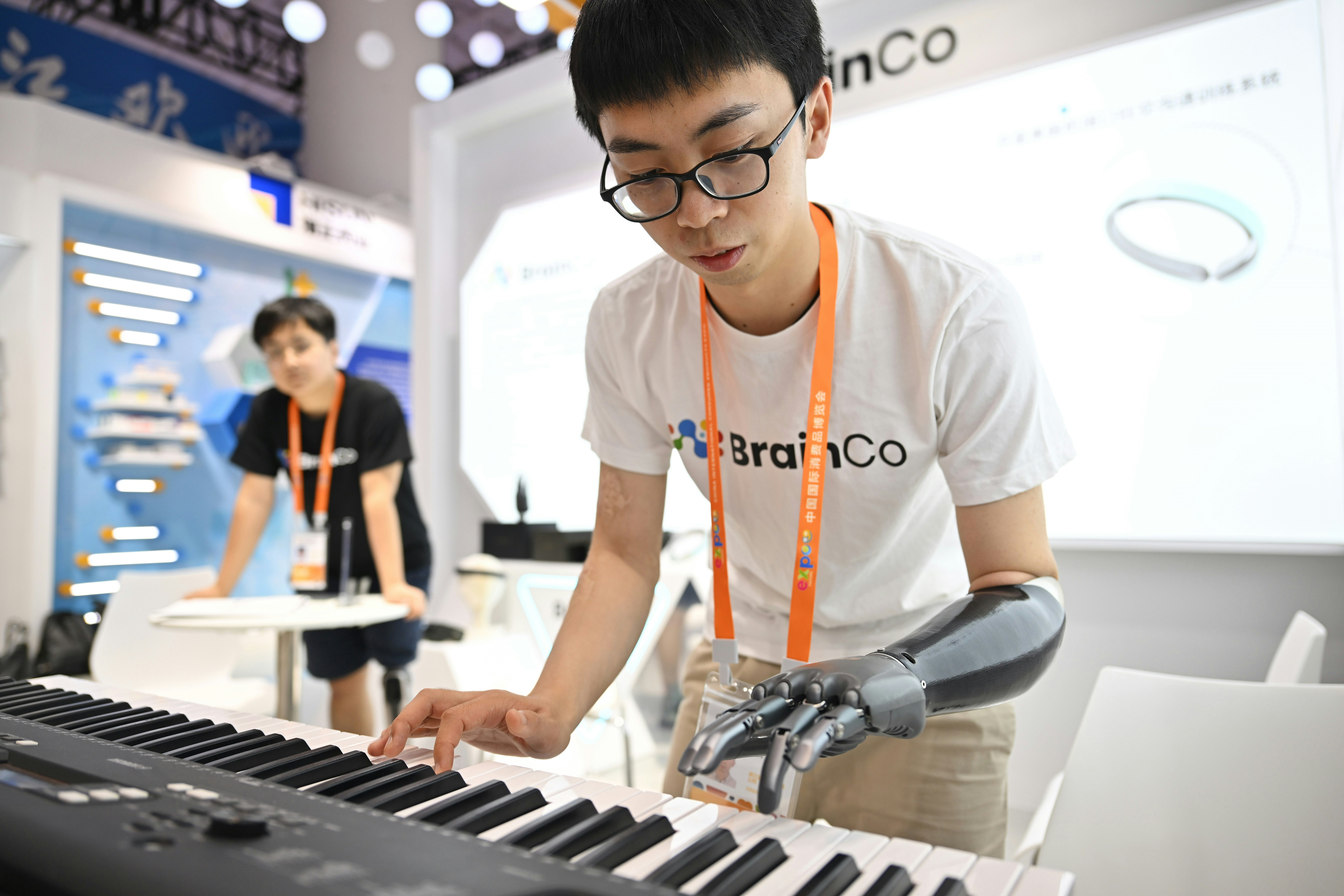
As one amputee wearing a bionic arm explains in this BBC report, the user first starts thinking about moving their limb, which leads to a twitch in their muscles. Electrodes in the prosthetic record and translate the electrical signals from the muscles, allowing the user to control the bionic limb.
AI records the data from these electrical impulses, also known as electromyographic (EMG) signals, from the bionic limb using machine learning, a type of artificial intelligence that uses algorithms to make predictions. So, AI can record data from the wearer’s movements, using their brain activity to predict how they might move in the future and enable individuals to control an external device — like a bionic arm.
“The algorithms are trained to continuously adapt to changes in the user's muscle signals for improved accuracy,” Brey says.
Some experts think bionic limbs are the way of the future. MIT engineer Hugh Herr said in a 2023 interview that he is working on bionic limbs connected to the human nervous system such that the human thinks of the bionic limb ”as if it is their flesh and bone.”
But other experts say the technology is still a work in progress.
“Control is clunky, slow, error-prone, and very restricted, in part, because the neural control signals we are able to record with today’s electrodes are only a tiny fraction of what’s actually used to control the body’s muscles,” Aaron Batista, an assistant professor of bioengineering at the University of Pittsburgh, tells Inverse.
Could Next-Gen Bionic Limbs Control Us?
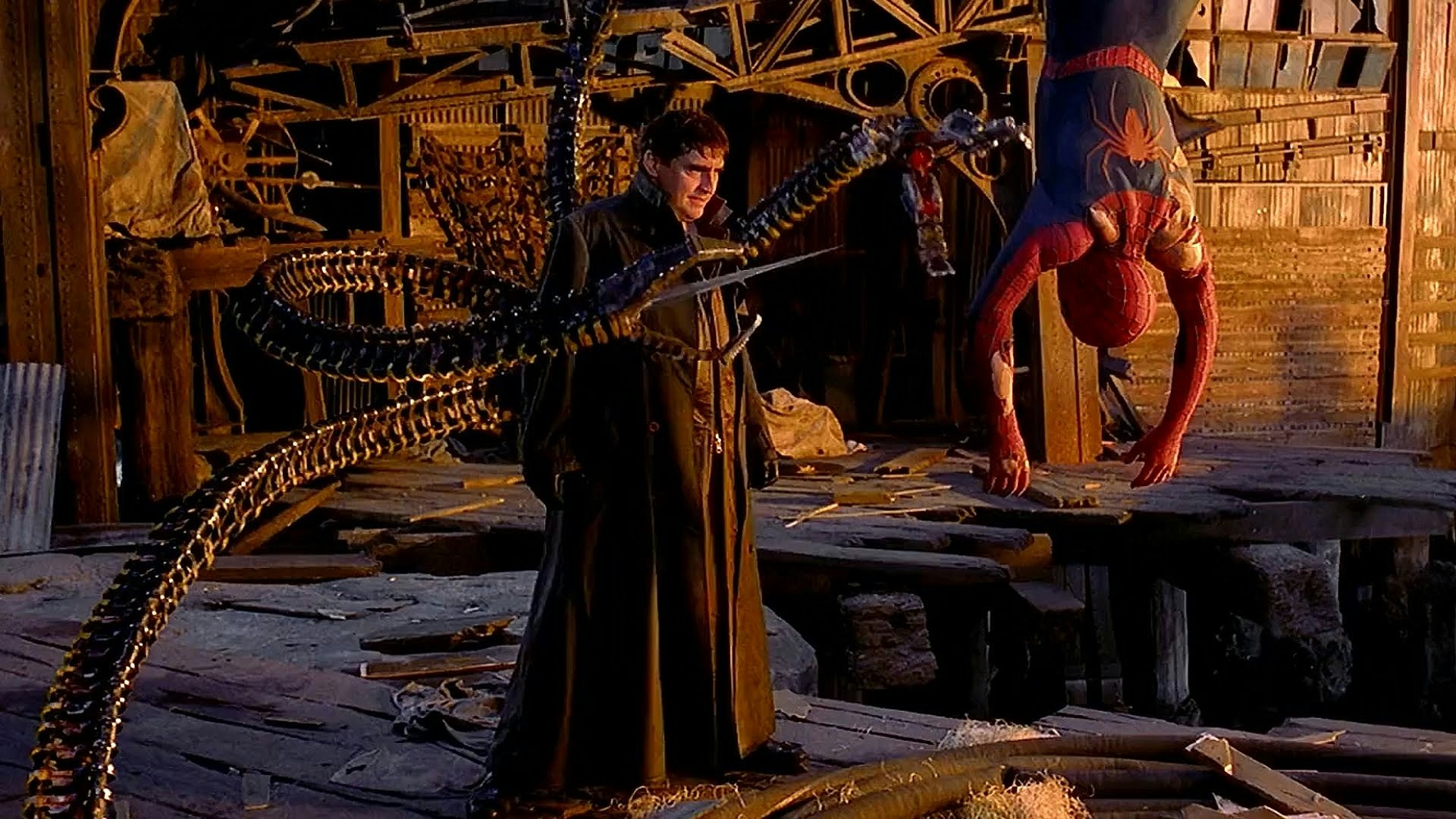
In Spider-Man 2’s final battle scene, a desperate Peter Parker pleads with Doc Ock to destroy his fusion reactor — despite whatever his bionic arms may be telling him.
“These things have turned you into something you’re not. Don’t listen to them,” Spider-Man says.
There are some (very loose) parallels between bionic limbs in real life and Doc Ock's sci-fi robotic tentacles. Both real-life and sci-fi bionic limbs create a feedback process between the brain and muscles, and AI interprets the data.
But if you’re already saying AI is about to subjugate us through bionic limbs, think again, experts say.
“If designed well, these limbs will usually respond well to user intentions,” Brey says. “In the near future, it seems unlikely that these limbs would be controlling the user.”
Batista agrees with that sentiment, saying that we’re more likely to blurt out things we wish we hadn’t said than have our neural prosthetics force us to move in ways we didn’t intend. “BCI technologies are such a long way off, that of the many things we may have to be concerned about regarding AI, BCIs hijacking our actions are low on the list.”
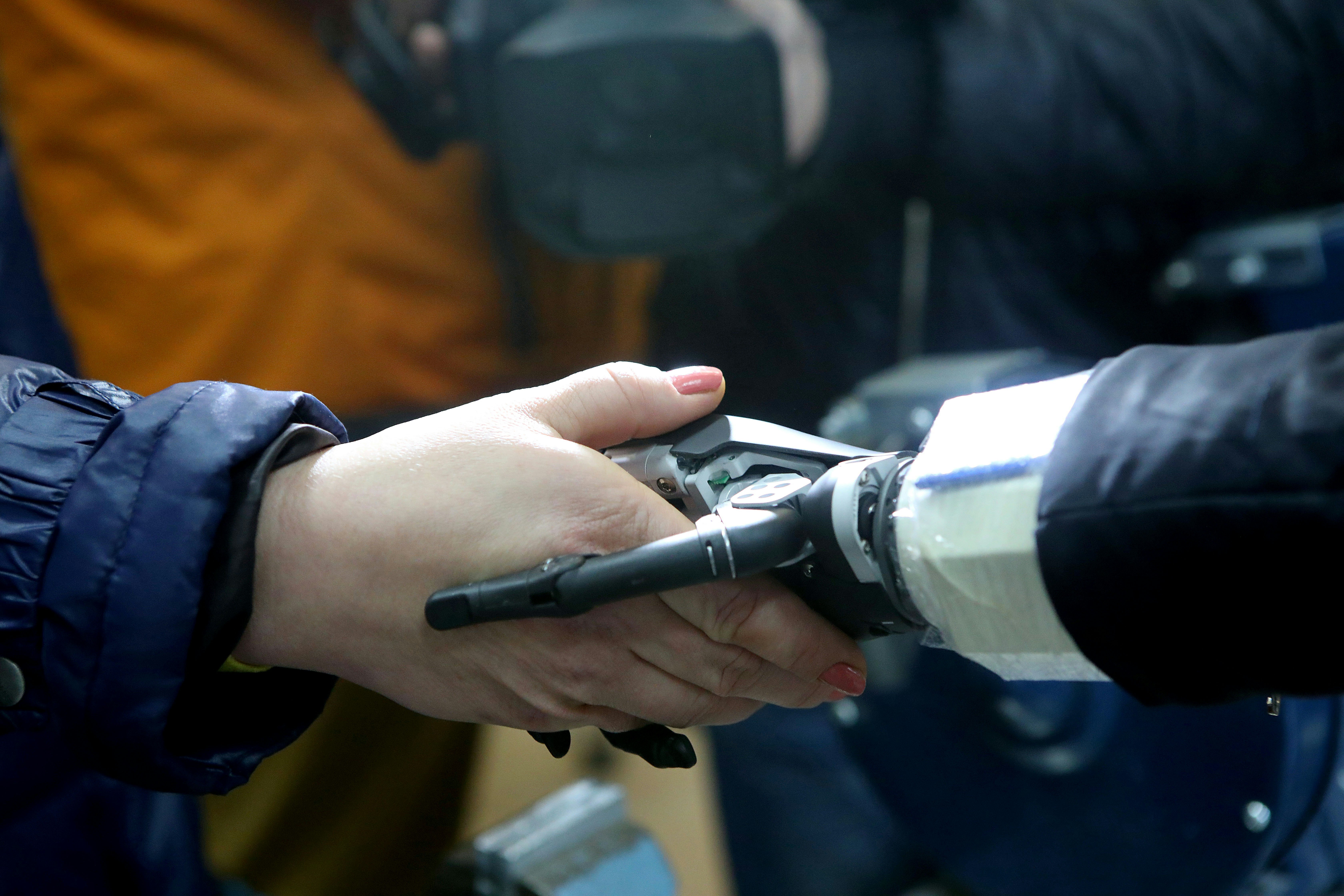
AI might not be able to control us through our bionic limbs — at least not yet — but other humans could. Known as “brainjacking,” hackers could access the electrodes or implants of these bionic limbs through the computers they are connected to, disrupting the electrical signals from their muscles. In other words: they could control the bionic wearer’s movements and “cause them to act against their will,” according to a 2018 review in Progress in Biomedical Engineering.
It’s possible that AI could gain enough autonomy in the distant future to make humans feel like they’re not in charge of their bionic limbs, similar to Doc Ock. If you’ve ever felt glued to your phone against your will, you already sort of know the feeling.
“If the AI used in prosthetic limbs would become significantly more advanced, then there could be a point at which users start feeling controlled by the AI instead of them controlling the AI,” Brey says.







